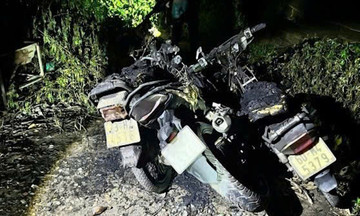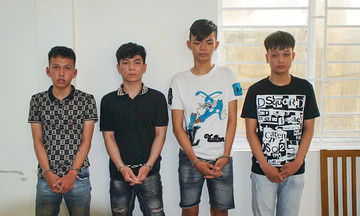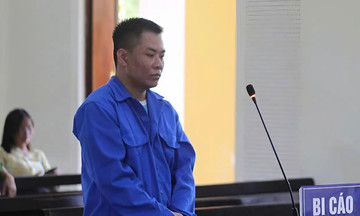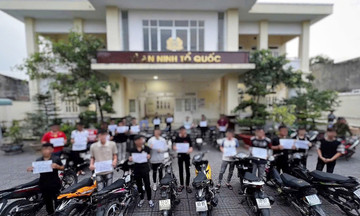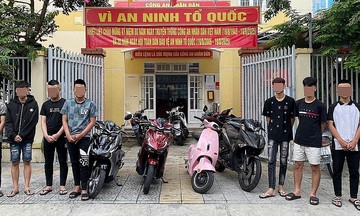On 5/8, the California Department of Corrections and Rehabilitation (CDCR) announced the final prison closure, the Norco prison in Riverside County, as part of a system-wide effort to maximize budget efficiency. The facility, originally an art deco-style hotel, later served as a state prison.
The Norco City Council expressed appreciation for the prison's architecture and hopes this "historical gem" will be restored to its former purpose as a resort, boosting the local economy. The immediate benefit is a savings of 150 million USD per year for California.
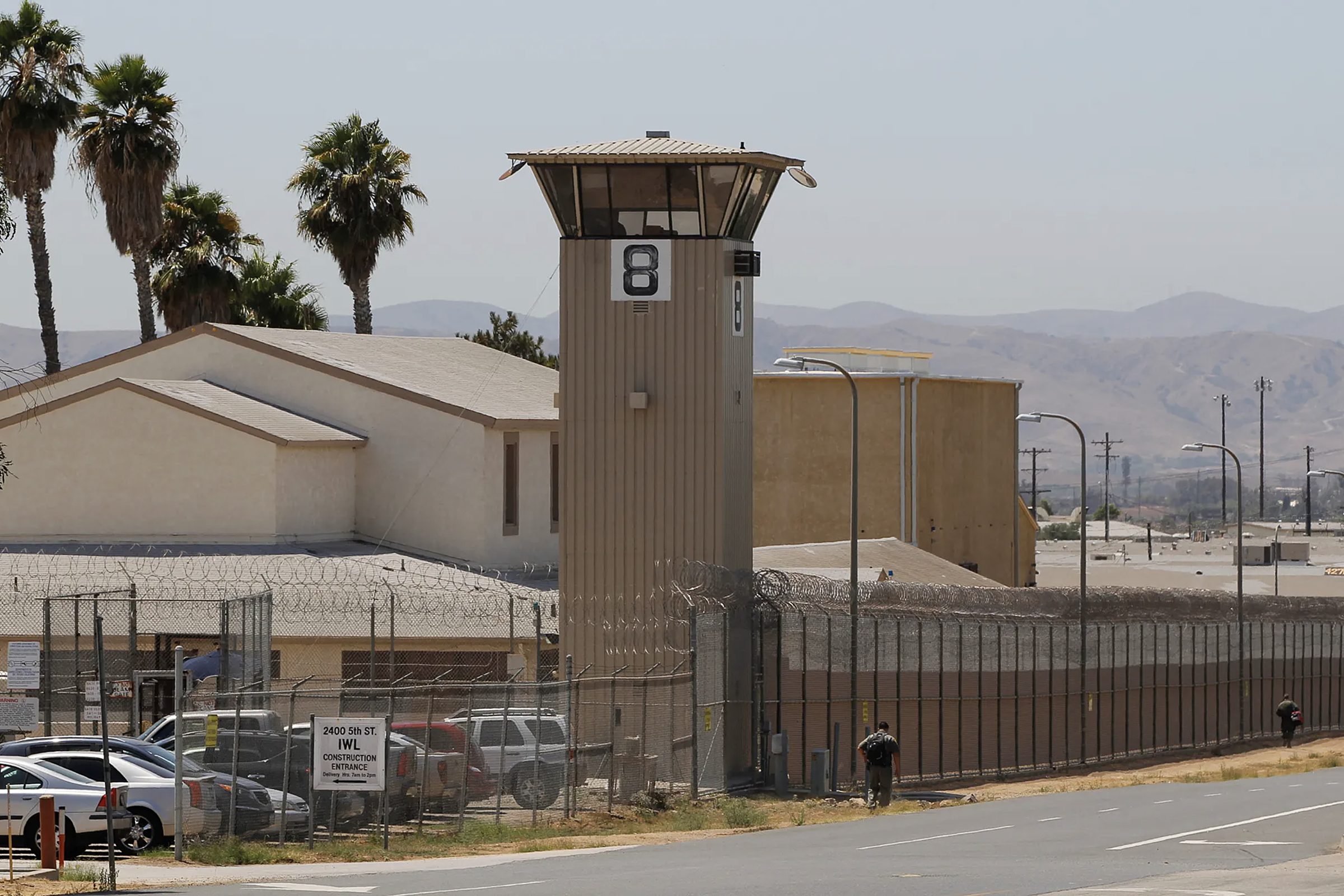 |
California State Prison, Norco. Photo: Cal Matters |
California State Prison, Norco. Photo: Cal Matters
Four other prisons in Tracy, Blythe, Susanville, and Vern had been closed previously. The closure of these five prisons is projected to save the state 1.5 billion USD by 2026 and 3.4 billion USD by 2027.
This decision reflects a significant decline in the inmate population. At its peak in 2006, California housed approximately 170,000 inmates in 34 state prisons. Today, following a decade of judicial reform and early releases during the Covid-19 pandemic, California prisons hold around 91,000 inmates.
The state government has ensured that thousands of employees at the five closed facilities will be transferred to other suitable locations, considering geographic proximity.
Inmates from the closed prisons will also be transferred to facilities closer to their homes. Authorities believe that rehabilitation prospects will improve when inmates are closer to family and social services. This is considered a progressive approach compared to the decades-long strategy of building prisons in remote areas.
"For decades, we thought it was safer to put inmates in the most remote areas, separated from the community. But actually, it's the opposite," the chair of the state budget committee stated.
While economically beneficial, the closures have brought sadness to local communities. For example, Blythe, a city of 18,000 near the Mexican border, is situated in a desolate area. Residents often have to drive an hour to find basic services like hair salons.
For years, Blythe relied on Chuckawalla Valley State Prison, which provided nearly 1,000 well-paying jobs and other state benefits. Its closure has impacted the livelihoods of many in the region.
"The state will support affected local communities and the workforce with an economic recovery plan," a CDCR spokesperson reassured.
According to state financial documents, the cost of incarcerating an inmate in California has increased by over 90% in the past decade, reaching a record high of 132,860 USD per year (3.5 billion VND).
This figure is double the tuition at the state's most expensive private university, the University of Southern California, where annual tuition is around 66,000 USD.
The average salary of correctional officers also increased by 43% between 2010 and 2019, from 110,000 USD to 158,000 USD, three times the rate of inflation. The state's annual budget for prison maintenance rose from 12.7 billion USD to 18.5 billion USD between 2015 and 2024.
Hai Thu (Cal Matters)




